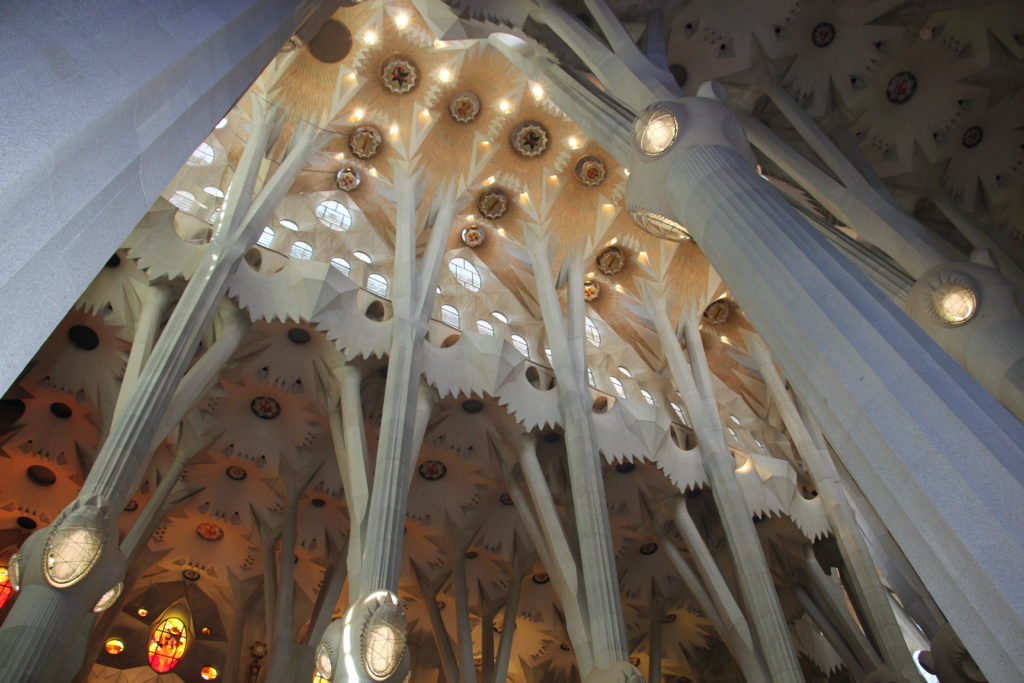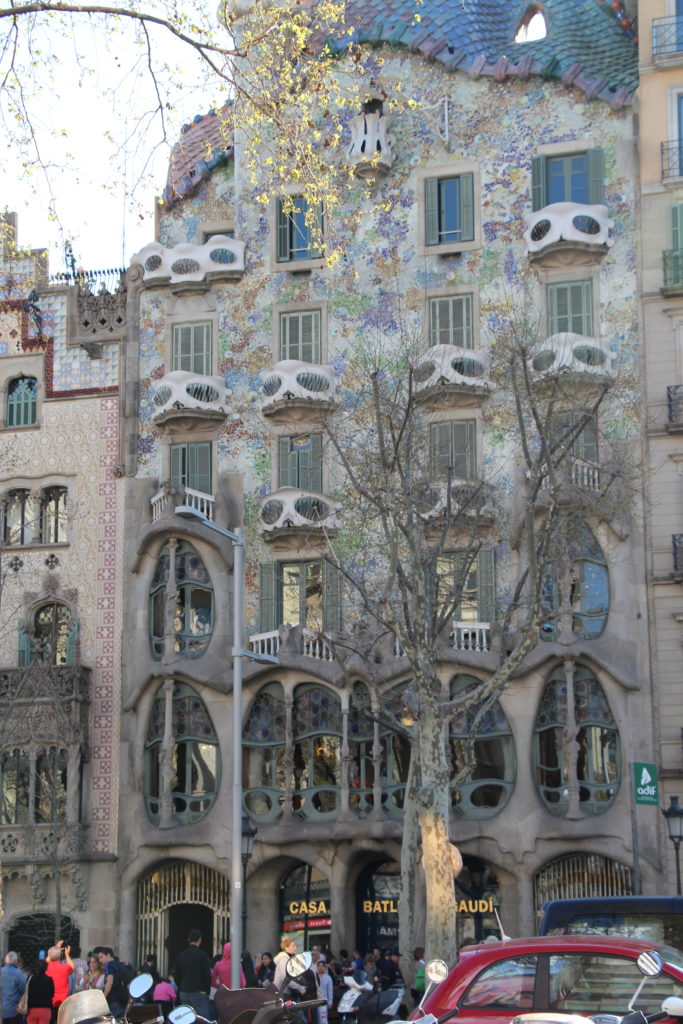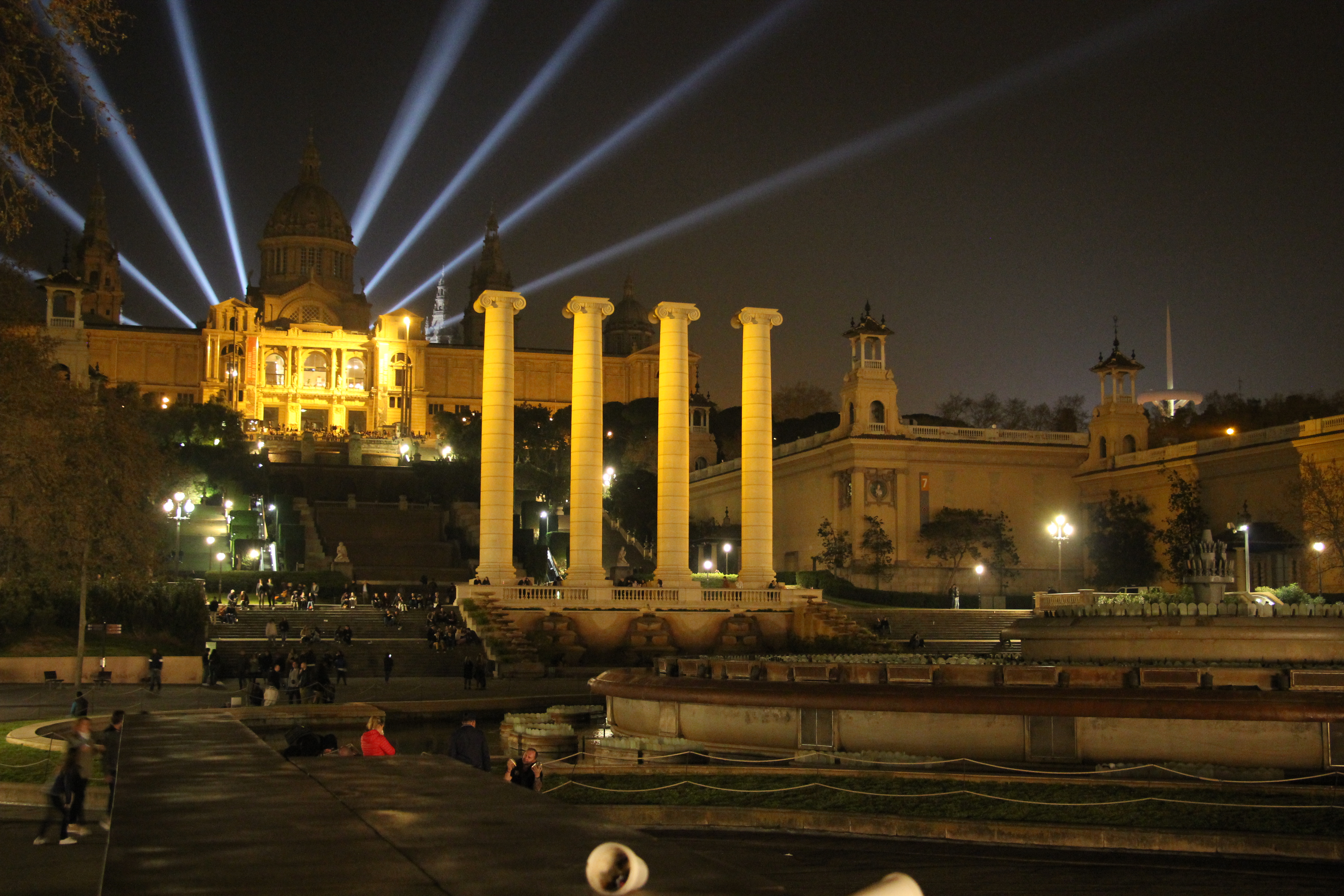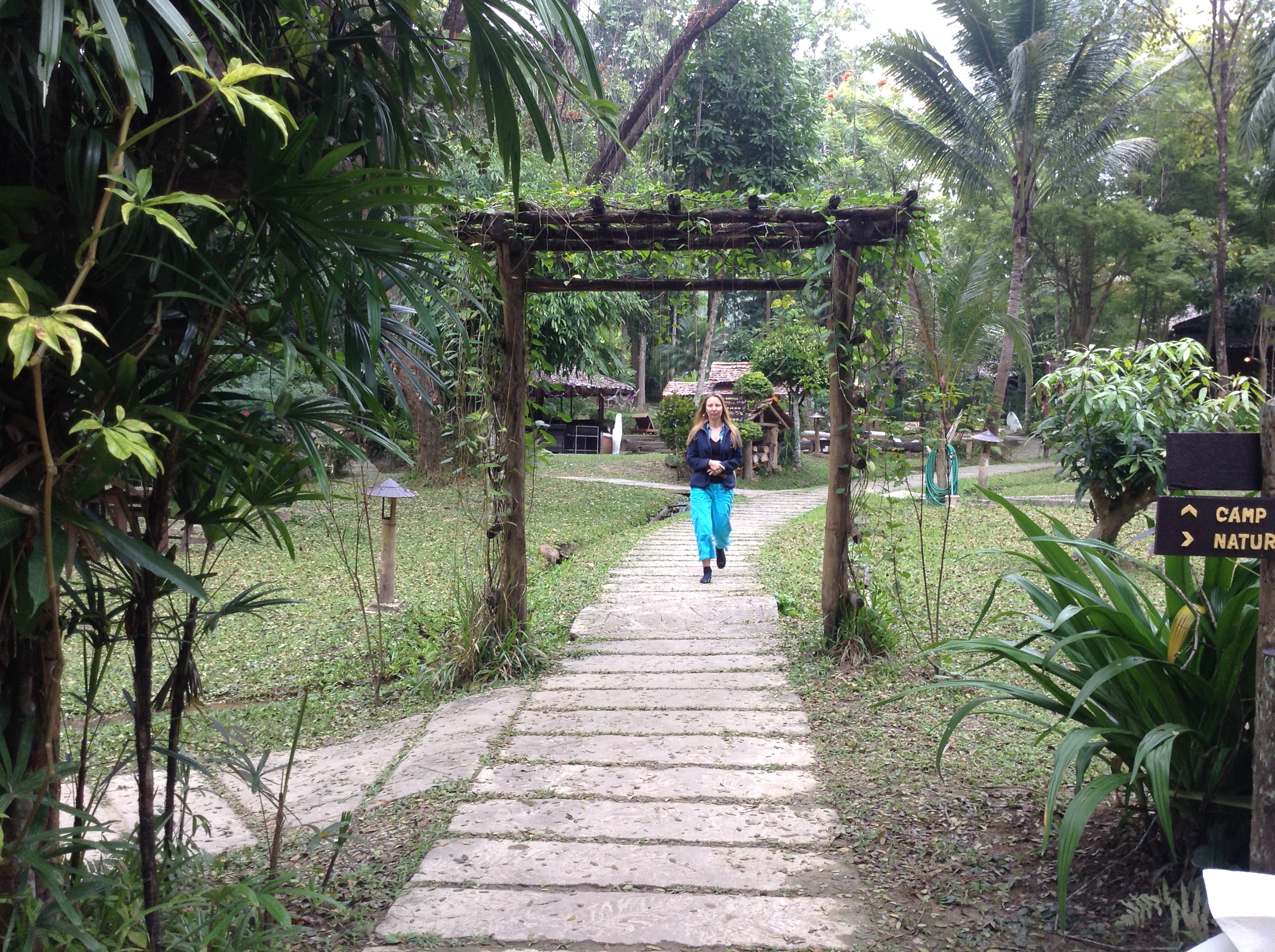Antoni Gaudi name is most famous in relation to Sagrada Familia, he was a modernist architect that lived in Barcelona .
We spent a couple days in Barcelona and our free walking tour guide Vera was so good, we signed up to her Gaudi tour and I learned a lot!!
Modernist movement lasted from 1880s into 1920s and modernists were against bourgeois values however ironically most their clients came from nouvea riches and many of them came from Latin America . In those times even if you were Spanish by blood and was white , if you were born in Latin or South America you were called indianos . Many of Spaniards went to Americas to make their millions but quite often they returned to Spain to give birth so their children would been considered Spanish .
Gaudi was born in Catalania and was one of five children , he was a son of copper smith and grew up in a working class family . When he was a teenager he was sent to a factory in another city to work and by luck the factory owner was talking to him and realized that he didn’t know math. Factory owner can see that Gaudi had potential and advised his family to send Antonio to school . He wasn’t a good student and it took him 10 years to complete his education including university of Barcelona in architecture .
Over years modernist movement split into futurists and expressionists , the first ones were optimistic of future with new technology , cars, telephones , etc. On the other side expressionists believed we had departed from nature and they drew inspiration from nature. It is very evident in Gaudi’s work that he strongly drew his inspiration from nature too.
For example Sagrada Familia interior is like a giant forest with windows mimicking light that shines through the canopy.

Casa batllo is the bones house where facade resembles human bones but it is painted in light colours , black was one colour that wasn’t used by modernists at all.
The theme of house or rather inspiration that Gaudi used , was based on fact that he was deeply religious man, becoming a zealot in his later years.
The facade depicts the story of st Joseph , a saint who slayed Dragons that ate 13 virgin girls. It’s truly is a unique building and it was such a privilege to see it with my own eyes.

Another feature that was used by Gaudi and then other artists , was the use of tile mosaics. It started with a very pragmatic reason , to use lots of broken tiles that usually were left at construction sites , and evolved into true art and become Gaudi’s signature look.
Casa Mira or La Piedra (as it is commonly known )was the last civic work of Antoni Gaudi before he dedicated his last years solely to Sagrada Familia.
It’s is commonly referred to as La Piedra as it is constructed out of limestone and even walls inside the apartments make you feel like you are inside the cave. The metal work on balconies and front door again are so fluid and based on curves of nature .
Gaudi dedicated 31 years to Sagrada familia , the last 16 working solely on that project . In his last few months he lived on site , and as he increasingly become a religious recluse , he often fasted for days , starving himself. The only other place he visited was a church of San Felipe .One day he was walking and was hit by a tram, unfortunately as he had old dirty clothes , was unshaven , passers by mistook him for a homeless man and he was lying by the tracks for a few hours before he got help. Again as everyone thought he was a homeless man he was taken to hospital that serviced very poor and he didn’t receive proper medical attention for 2 days . When finally one visiting pastor recognised him , Gaudi was moved to best facilities but it was too late and he died at 73 years old .




La Sagrada Familia looks glorious inside and out!
Yes you’re so right Therie, it’s going to be muy bonitia (very beautiful) once it’s completed in a couple of years from now. I want wait to return and check it out.
Took a quick look at your website, wow impressive 🙂 Liked the layout. Our blog is nowhere near the extent of yours but it’s our little notes that we look back on as we get older and can say… “remember when we did that?”.
Happy travels to you… Wayne